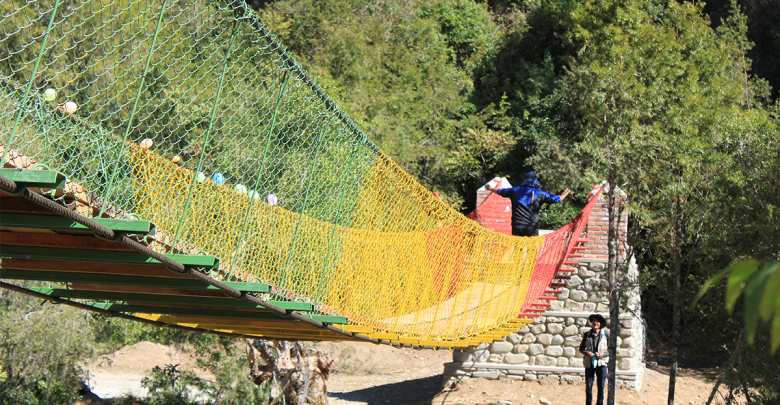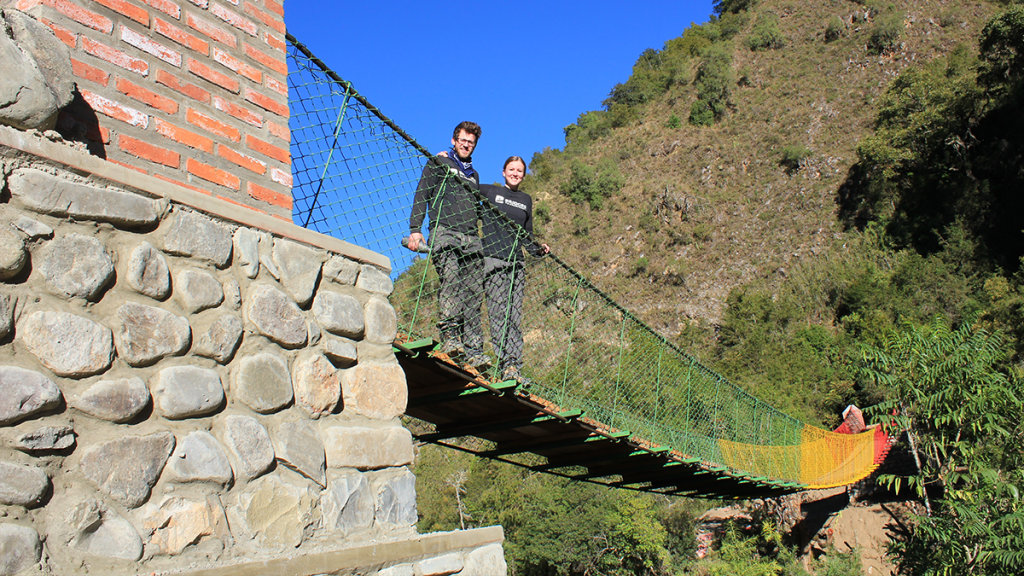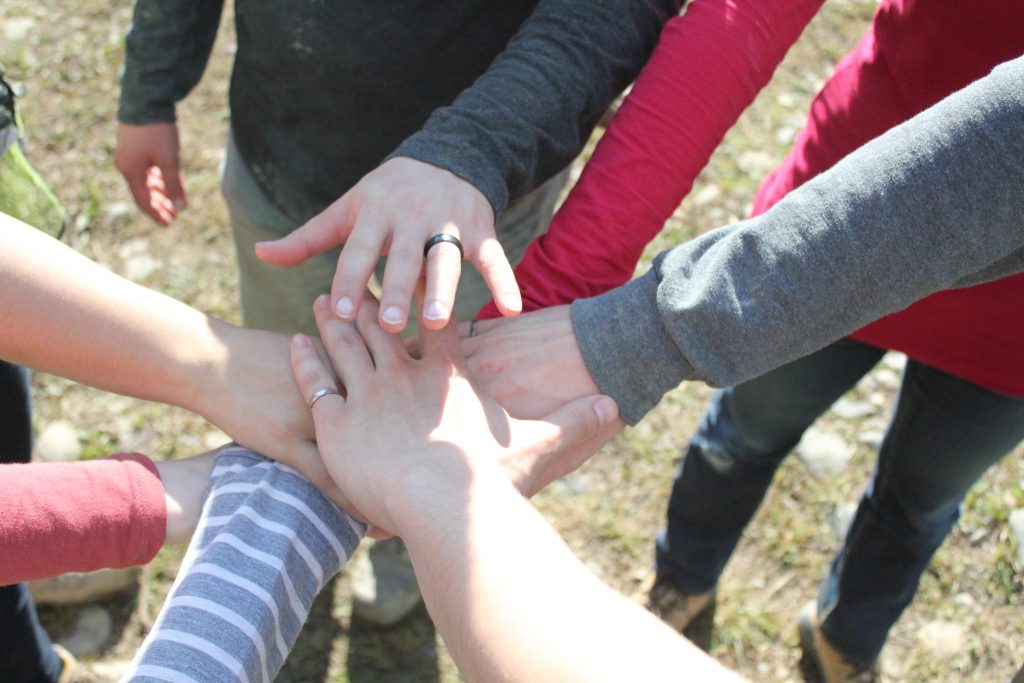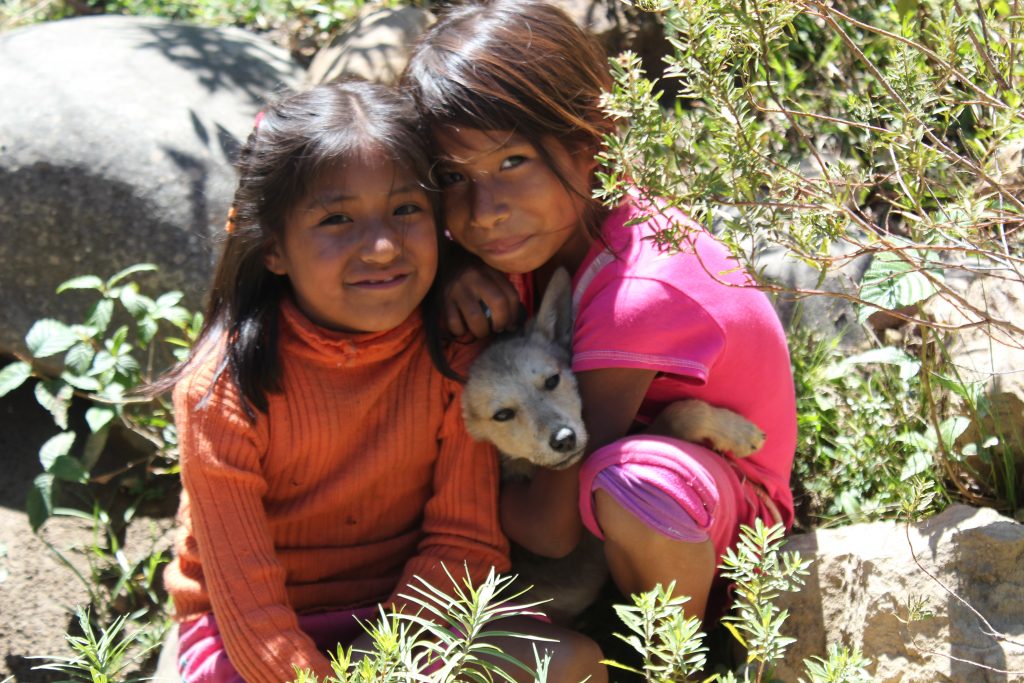Engineering students complete new bridge in Bolivia
This is the first project completed by the Bridges to Prosperity chapter at the University of Alberta
 Mabel Smith
Mabel SmithA group of engineering students recently put their education to the test when they built a footbridge in a small community in Bolivia this May.
The build was led by the Bridges to Prosperity chapter at the University of Alberta, an organization that constructs bridges in developing nations for rural communities. Mabel Smith, a fourth-year civil engineering student, co-founded the chapter three years ago.

Last year, two students also went to Bolivia to help the University of Toronto’s chapter with their bridge. This latest bridge was the University of Alberta group’s first project since their foundation.
Construction lasted for 26 days in the community of Chavarrias, where a river separates a large portion of the community’s households and farmland from nearby schools and other facilities.
“Often during rainy seasons, people in the community will have to hold back their kids from going to school because it’s too dangerous to cross the river, or they can’t get to markets or hospitals,” Smith said. “Building these bridges empowers them to get out to these services.”
Smith and seven other students travelled to Bolivia in May and completed all aspects of building, including design and construction. Once on site, Mitchell Trollip, a fourth-year mechanical engineering student, communicated with the community since he was the only fluent Spanish speaker in the group. This communication was key since as part of the agreement, the community had to provide 10 to 15 members to help with the construction.

“I think for a lot of us, this was the best learning experience we’ve had in school,” Trollip said.
The group had to overcome several obstacles to finish the bridge, including their build site changing two weeks before they arrived. The new location required a longer bridge, so their original design had to be replaced. This also meant the longer bridge had to be completed in the same amount of time, which resulted in them working 26 days straight.
The students also faced a road blockade that threatened to leave them without materials. However, the blockade was lifted just in time for construction to begin.
The bridge was a collaborative effort, with the local municipality providing roughly 15 per cent of the funding, the community providing five per cent, and Bridges to Prosperity providing the remaining 80 per cent. Some of this funding came from the organization’s supporters, but the students also fundraised to meet their goal.

When construction finished, the community held a large party and celebrated with the students by crossing the bridge together.
“It was a very special day because we saw how much it meant to the community and how excited they were,” Smith said.
Seeing the bridge complete for the first time was another gratifying moment for the group.
“It’s pretty cool to participate in all the steps involved in the construction and have sore muscles from all the work and actually see the final product,” Smith said. It’s also different [from most engineering jobs] in that it has a lot more global consciousness.”




